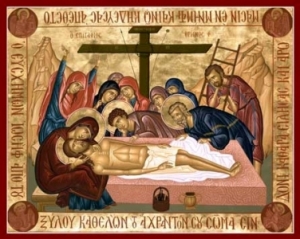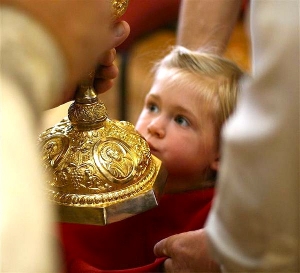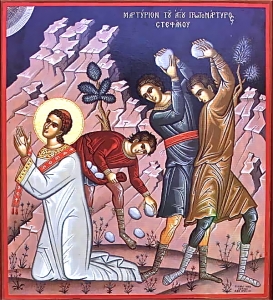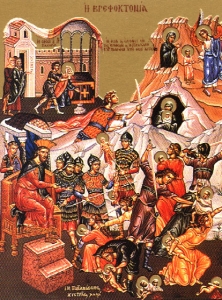Tag: Life and Death
DISTANCE
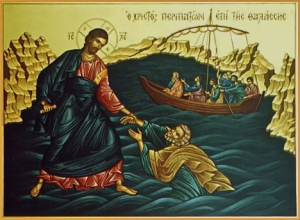
What do you do when you lose faith? How do we move from that abstract question to the reality of life? Frankly, I don’t have all the answers. Sometimes I am full of questions, many of which don’t have easy solutions. There is a distance between God and us that at times seems to grow even further. Yet, we are assured God is always available, awaiting us. It would seem, we’re the ones who move away from God. For me this is very problematic. When life deals you difficulties; whether illness, the death of a loved one or as in my case unemployment your faith is tested and you don’t know why. The Church tells us we should trust in God and surrender to His will. For me this is very hard. Trust is one thing, but knowing His will for your life is sometimes very confusing. We are told not to fear, this is extremely hard to do when your life seems to be in such turmoil and you make choices that appear to be the correct ones only to turn out poorly. How do we know God’s will for our life? There are so many examples of faith in the scriptures, but how do we get from doubt to certainty. One of my problems is that I can relate to the theoretical, I can quote chapter and verse and I usually know the right things to say. But, the application to life, is a struggle. Like most of us, I want to have faith and to be confident in that faith. Why to we question our own heart and create such a turmoil in our spirit? Seeking God is our natural state, yet we make it so hard. I try to find answers for these questions in Scriptures or in the Lives of the Saints. As I mull over these thoughts, I am sure that I am not the only person to have asked these questions. As I have tried to search out a path, I have found that the Church talks of two types of faith. The first is based on knowledge, understanding and leads to quiet and complete trust in God. This level of faith is the higher faith for which we all yearn. Perhaps, the first step of faith is realising that we all question. I believe that prayer is a powerful weapon, so I ask for your prayers. I will pray that God strengthens our faith and gives us insight and understanding which leads to an unshakeable faith.
Lord Jesus Christ Son of God Have Mercy on Me a Sinner.
]]>The Dormition of the Theotokos – 2009

APOLYTIKION
In giving birth, you did preserve your virginity, in your dormition,
you did not forsake the world, O Theotokos. You were translated unto life,
since you are the Mother of Life; and by your intercessions
you do redeem our souls from Death.
KONTAKION
The grave and death could not hold the Theotokos,
who is unsleeping in her intercessions and an unfailing hope
in her mediations. For as the Mother of Life she was translated to life
by Him who dwelt in her ever-virgin womb.
]]>WHAT IS OUR CHURCH’S TEACHING CONCERNING CREMATION?
